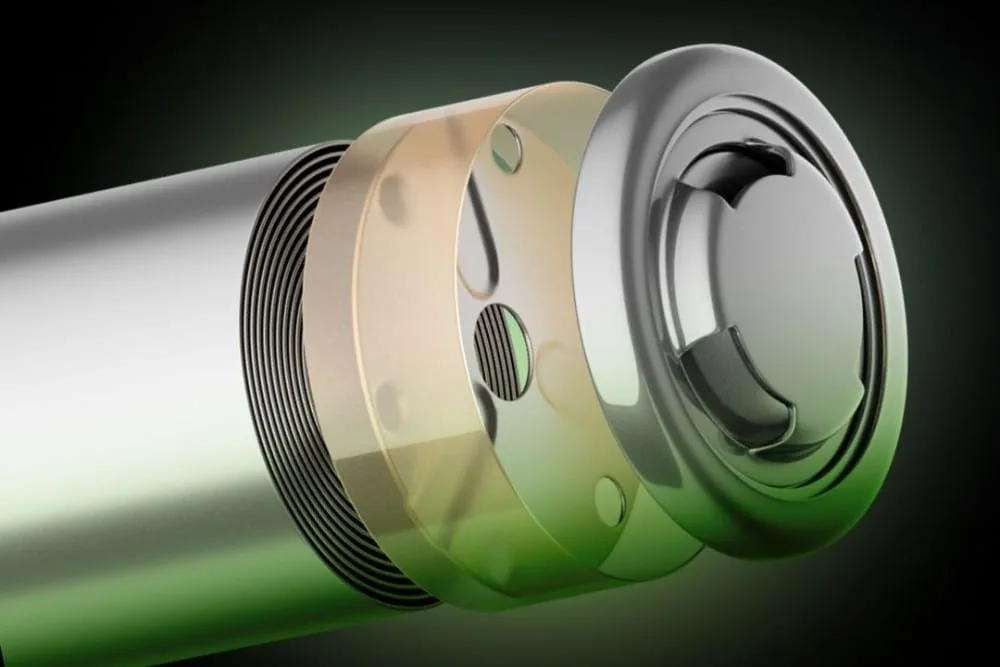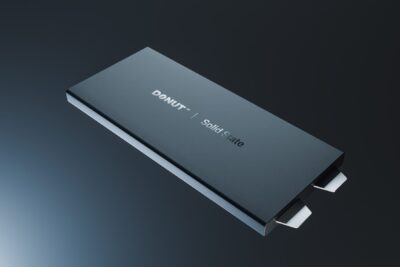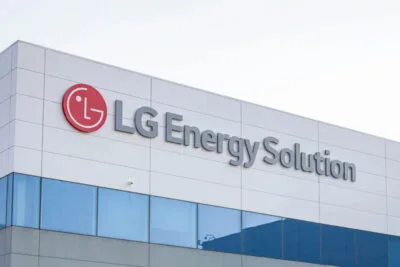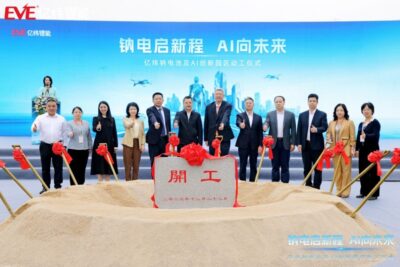Porsche’s battery subsidiary V4Smart presents second-generation cell
On 4 March 2025, Porsche acquired Varta’s battery subsidiary V4Drive and renamed it V4Smart. The sports car manufacturer has since become the new majority shareholder in the company. Varta AG continues to hold a minority stake but has no operational influence. Until now, the company’s only product was the ultra-high-performance V21700 UHP-26 cell. Now, the Porsche subsidiary is expanding its product portfolio. V4Smart hopes that the introduction of the new cell will attract new customer groups, among other things.
It is important to note that the company, founded in 2022, had developed a cylindrical cell under Varta that is not intended as a primary cell for the traction battery of an electric car, but as a so-called ‘booster cell’. This cell can absorb and release a lot of power in a very short time and is intended to be available as a booster for short-term power peaks – in electric cars with an additional battery for long ranges or in hybrids. However, Varta did not find the hoped-for number of customers with this special concept: Porsche, its first customer, remained the only V4Drive user until recently.
With the second generation of cylindrical cells, the successor company V4Smart is not deviating from this approach, but is nevertheless expanding the range of applications: The new cell is available as an A-sample in the V21700 HP-5X and V21700 (U)UHP-3X versions, with the manufacturer describing the former as its new flagship version for a broader range of applications and the latter as a further developed successor to the first booster cell.
V4Smart emphasises that both cells in the 21700 format build on the strengths of the previous booster cell, but offer significantly improved performance. The variant with the suffix UHP-3X is optimised for maximum performance, and the HP-5X for a balanced energy-performance ratio. Below is an overview of the performance values known to date:
| A-Sample V21700 (U)UHP-3X | A-Sample V21700 HP-5X | |
|---|---|---|
| Gravimetric energy density | Up to 184 Wh/kg | > 280 Wh/kg |
| Volumetric power density (continuous) | > 15,000 W/L | > 7,000 W/L |
| Maximum pulse power | > 900 W | > 350 W |
| Fast charging up to 80% SOC | < 4 min | < 6 min |
| Service life up to 80% SOH at 25 °C | > 1,600 cycles | > 1,000 cycles |
| Operating temperature range | -46 °C to 75 °C | -35 °C to 75 °C |
The manufacturer commented on the UHP-3x cell: “The next generation ultra-high power cell delivers up to 900 W of pulse power, making it ideal for extreme-load, thermally demanding environments.” The HP-5x cell, with its high energy and power, offers an energy density of more than 280 Wh/kg and a continuous power density of over 7,000 W/L, “providing an ideal solution for innovative applications that require both energy and power.” Compared to the first generation, which delivers a power output of 8,420 W/L, the advances are remarkable: the UHP-3x cell has a 75 per cent higher continuous power density. And the HP-5x cell offers 100 per cent higher energy density.
As the two new product names reveal, the innovative cells are units in the 21700 format. However, the Porsche subsidiary states that its second-generation cells have also already been tested in the 18650 format by Batemo GmbH, a specialist in battery simulation software for lithium-ion batteries. According to these tests, it delivered a capacity of almost 3.7 Ah with an energy density of 277 Wh/kg (757 Wh/l) and a power density of 2.73 kW/kg (7.47 kW/l).
According to V4Smart, the increased energy density is achieved through the use of a silicon-based anode contributed by Porsche partner Group14 Technologies. The US company’s innovation is a silicon-carbon composite anode that replaces graphite in lithium battery anodes. V4Smart further specifies that the new cylindrical cells feature a tabless design. This means that the tab on the wound cell materials familiar from previous 18650 and 2170 cells is no longer necessary. The tabless design is intended to minimise internal resistance and improve heat management.
The company cites not only the automotive industry as a potential target group for the battery cells, but also, for example, the aerospace industry and manufacturers of power tools. It is now expanding its focus beyond the automotive sector and targeting industries “that require reliable, high-performance cylindrical cells manufactured to the highest quality standards,” as V4Smart reports. In order to meet growing market demand, production capacity at the manufacturing centre in Nördlingen has also recently been expanded. The cells have been in series production in Ellwangen since April 2024.
greencarcongress.com, linkedin.com, v4smart.com
This article was first published by Cora Werwitzke for electrive’s German edition.





1 Comment